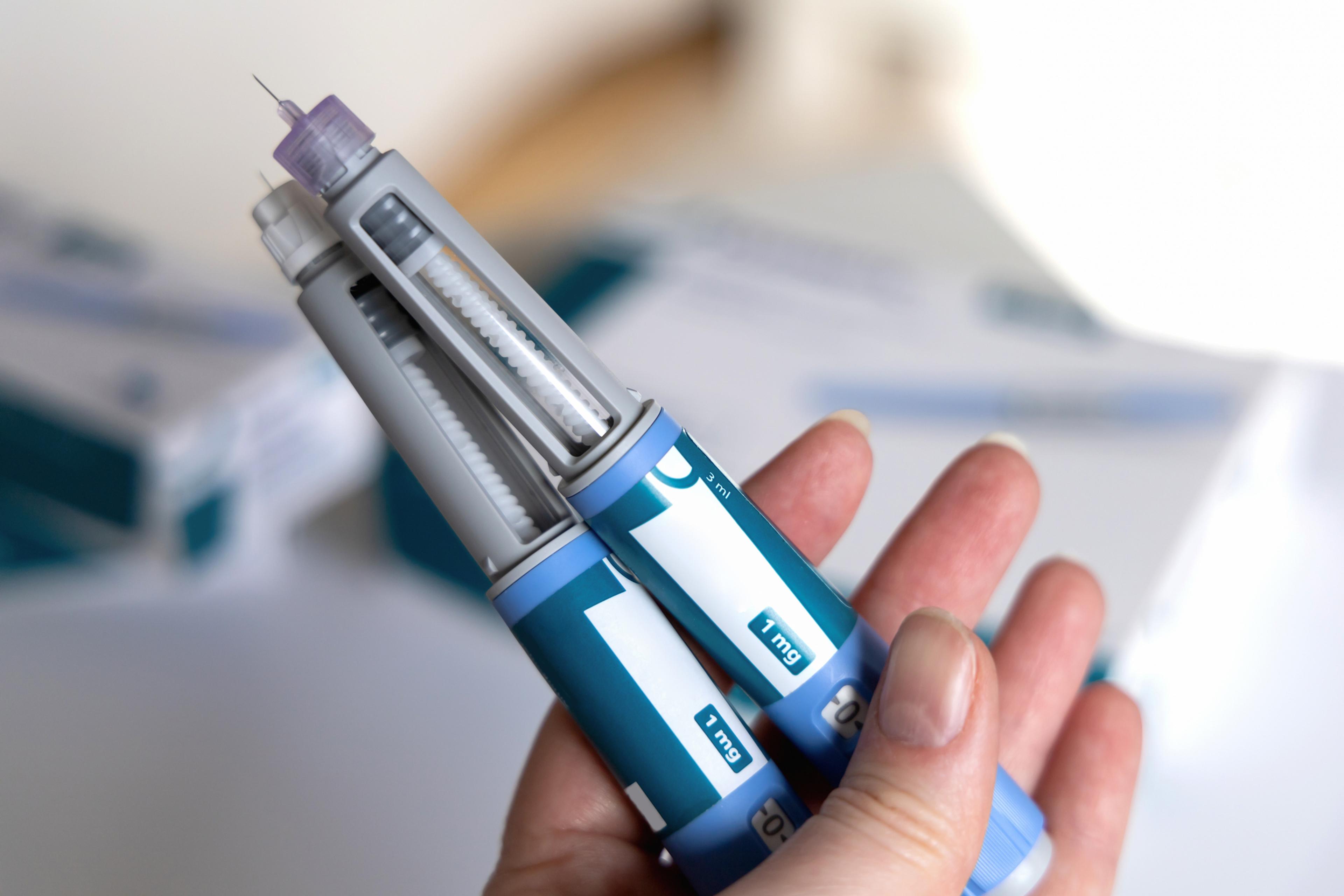
If you’ve enrolled in an HSA-compatible health plan for 2023, now’s a great time to get familiar with how the plan works.
This plan includes a high-deductible health plan (HDHP) and an HSA. Once enrolled, you’ll receive a welcome kit from the HSA administrator selected by your employer, with information on how to access and use your HSA. Whether it’s your first time owning one or you just need a refresher, this guide should help.
What are the advantages of an HSA?
Control: You decide how and when to spend the money in your account.
Convenience: You can access money in your account with an HSA debit card.
Flexibility: Eligible expenses include everything from your deductible and coinsurance to certain over-the-counter drugs. You can use money in your HSA to pay for current qualified medical expenses, including those your health plan may not cover. You can also leave the money alone and save it for future needs, like retiree health expenses. Your account balance rolls over from year to year, so don’t worry about “using it or losing it.”
Long-term savings: Save money for future medical expenses and, once your account reaches a certain balance, you can invest in a selection of mutual funds to grow your savings. Advisors are available to help, whether you’re a novice or seasoned investor.
Portability: If you change jobs, move out of state, or become unemployed, your HSA moves with you.
Triple tax savings: Payroll contributions, interest earned on investments and withdraws for qualified expenses are all tax-free.
Putting money in an HSA
Once you’ve opened an HSA, you, and anyone else can contribute to it up to the annual limit. This includes your employer, your spouse, and dependents. If you are 55 or older, you can make a catch-up contribution above the annual maximum each year until you enroll in Medicare.
According to the Internal Revenue Service (IRS), the HSA contribution limit for 2023is $3,850 for self-only coverage and $7,750 for family coverage. Here’s how you can contribute:
- Deposit money that’s already been taxed. You can deduct it from your income on your tax return, no matter who it came from.
- Have a set amount taken out of your paycheck before taxes.
- Move money from an IRA to your HSA once. This is called a one-time rollover.
- Benefit from contributions made by your employer, too.
Managing your HSA
Blue Cross Blue Shield of Michigan and Blue Care Network members can manage their HSAs through their member account at bcbsm.com or our mobile app.
From bcbsm.com, log in and select “Spending Accounts” from the “My Coverage” tab. Then click “Go to my spending account now.” You will be redirected to your account information.
From our mobile app, log in and tap “Spending Accounts” from the home screen. You will then be prompted to tap a link to your account information.
Once you’ve reached your HSA website, you can view your HSA balance, track activity, view claims, order a replacement debit card, make contributions, pay providers and more.
To learn more, watch our "You have an HSA. Now what?" video, view our "Getting to Know Your Plan" webinar, or visit bcbsm.com/hsa.
Photo credit: Getty Images





